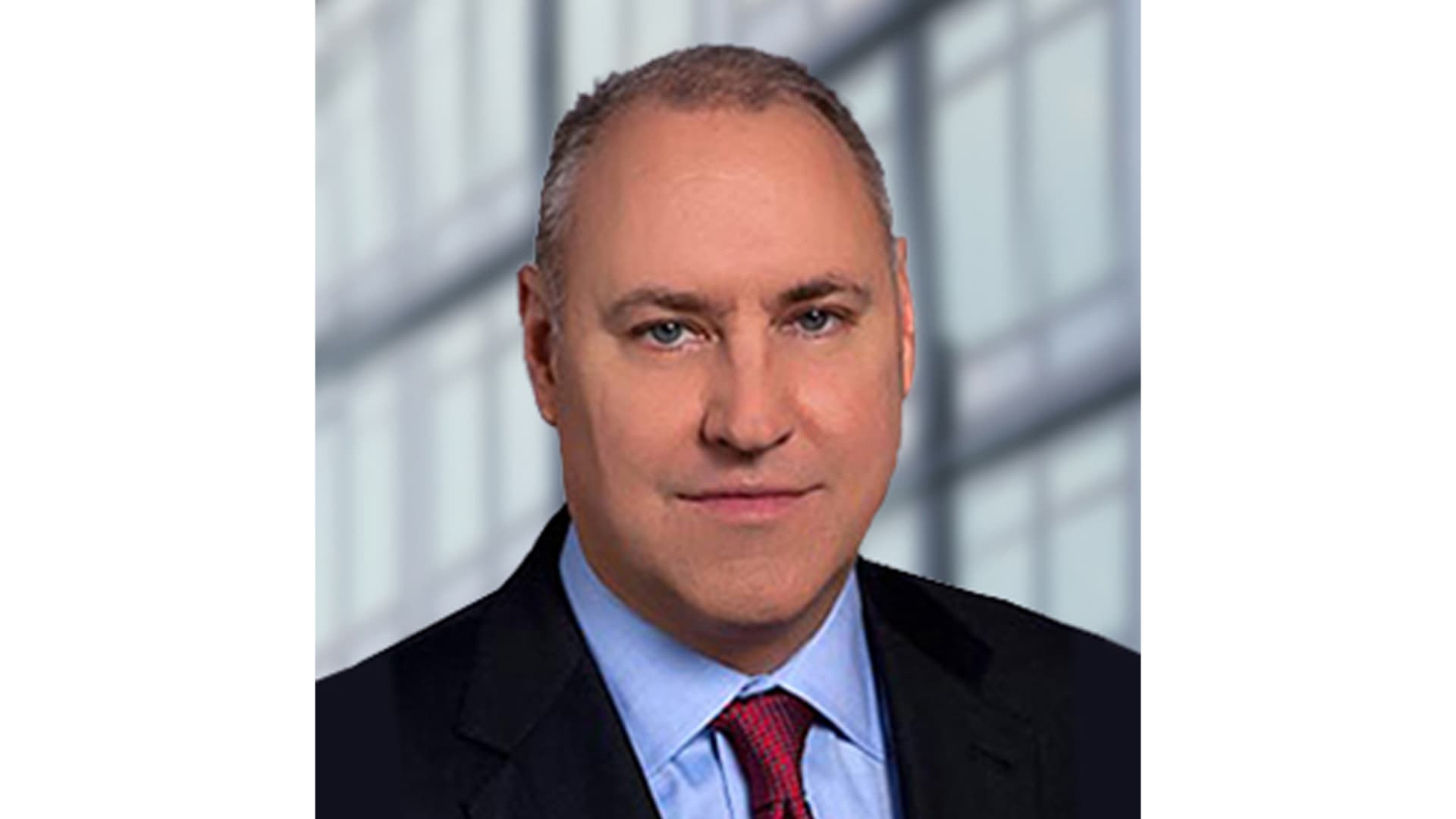Richard Figuly has spent more than 30 years in the financial services business — but he owes his sense of discipline to his time in the military. Figuly is the head of core strategy in J.P. Morgan Asset Management’s fixed income group and a portfolio manager of the JPMorgan Core Bond Fund (JCBUX) . He was recently nominated by Morningstar for its 2025 outstanding fixed income portfolio manager award . “It was a big part of my life,” the 59-year old said of his military career. “I did it for so long that — once you get through your initial training — I don’t think you really, on a day-over-day basis, appreciate the amount of discipline that you have.” Figuly joined the Ohio National Guard in 1986 because it covered his tuition to Ohio State University. He earned a degree in finance in 1990 and that same year was deployed to Iraq. He worked as a mechanic and truck driver while there for seven months. Once Figuly returned home, he continued with the National Guard while building his career in finance. He worked for Bank One, which was eventually bought by JPMorgan in 2004 . That same year, he was back in the Middle East, taking a year off from work to run transportation missions during Operation Iraqi Freedom. “When I got deployed over in the Middle East, I was with what was called a core support group, and I was basically in charge of running missions from Kuwait up through all the way to northern Iraq,” Figuly recalled in an interview with CNBC. “I had five battalions that were underneath me, so we had a significant amount of assets.” He also learned how to navigate a lot of red tape, which has served him well in life outside of the military. “The largest bureaucratic organization … in the world is the U.S. military,” said Figuly, who retired from the National Guard as a major in 2008. JPMorgan comes in second, he quipped. “Because of the experiences that I’ve had in understanding the organization, and the fact that I have been to multiple leadership schools, I think that’s really helped me in my career and I think it’s just been invaluable for me,” he said. Finding investment ideas Though Figuly is the one who’s up for an award from Morningstar, he attributes the fund’s success to his Core Bond Fund team, which includes fellow portfolio managers Justin Rucker, Andy Melchiorre and Edward Fitzpatrick. “It is a huge team of investment professionals that all contribute to that relative value,” he said. “It’s about idea generation, and we couldn’t do what we do at a small organization.” The fund’s institutional share class (JCBUX) has a four-star rating from Morningstar, which calls it “a best-in-class core offering.” The A-share version of the Core Bond Fund (PGBOX) , which is available to individual investors with a minimum investment of $1,000, has a 30-day SEC yield of 3.75% and a 0.75% net expense ratio. PGBOX YTD mountain JPMorgan Core Bond Fund year to date JCBUX’s year-to-date return is in the top quartile in its category, according to Morningstar. Its trailing 5-year return is also in the top quartile. Some 42% of the fund’s assets are in Treasurys, 29% is in agency mortgage and 25% is in credit, as of May 31, according to JPMorgan’s website . These days, investment-grade corporate bonds and agency mortgage-backed securities are too expensive, Figuly said. However, he said he thinks there is opportunity in securitized products because of their ability to have positive credit migration. “They’re short duration securities that over time, as long as we did our fundamental analysis correctly … will de-lever and within a relatively short period of time, it rolls up the credit curve,” he said. For instance, a bond issued at a BBB-rating can be upgraded in about nine months to an A-rated bond, he said. “That’s not a characteristic that other risk sectors typically have, but it’s one of those things that we really, really like,” Figuly added. “So you can actually buy bonds that we think are still not as cheap as what they were from a historical standpoint, but still offer good value.” Diversification within the portfolio Within securitized assets, he looks to diversify across asset-backed securities, commercial MBS and non-agency MBS — and in each of their subsectors. One of the highest allocations within securitized is single-family rental, he said. “Those have continued to trade tighter over time because of the fundamentally sound value that they have, but over time, we still think that from an incremental pickup versus an equivalently rated [investment grade] credit bond, we would definitely rather have the single-family rental,” Figuly noted. He also likes to have a solid allocation to Treasurys for liquidity — which comes in handy if there is an economic slowdown and a risk-off market, he said. The portfolio manager said he thinks the U.S. is in a “soft-landing type environment.” “When spreads get tight, you tend to see the percentage of Treasurys in the fund tend to go a little bit higher,” Figuly said. “Knowing business cycles — and we’re going to see periods of time where we think we’re going to get into some widening at some point in time — we want to be ready to take advantage of that.” That goes back to securitized products, which he said are good to own in an economic slowdown. If there is a slowdown in the next three to six months, a bond that is issued today — as long as it stays in the parameters Figuly projected — will be rolling up the credit curve at the same time, he said. “You can get spread widening, but we’re rolling up the credit curve. Our bonds will pretty much stay about the same spread, and that is one of those things inherent to the strategy,” he said. “If we do get that economic slowdown, we think what we hold is going to be very good — and we really welcome some widening in securitized credit, because then that’s that opportunity for us to add that risk at those wider spreads,” Figuly added.





